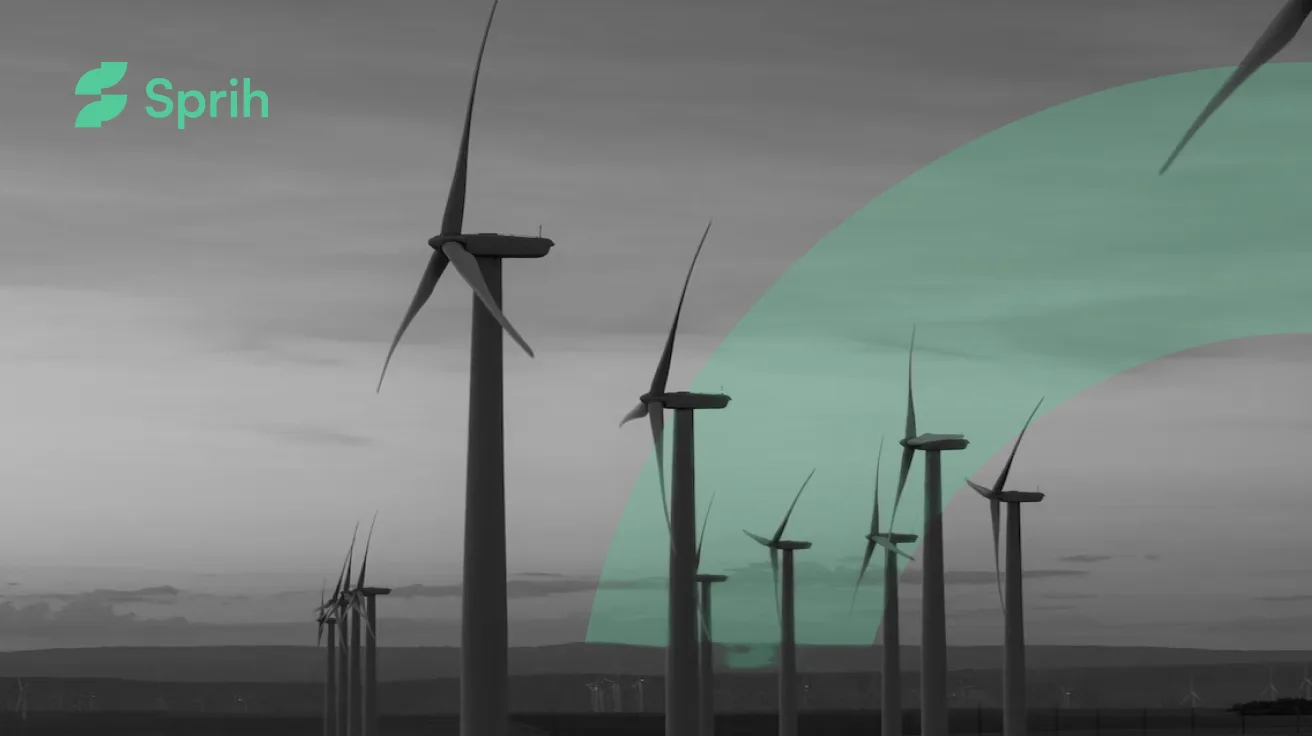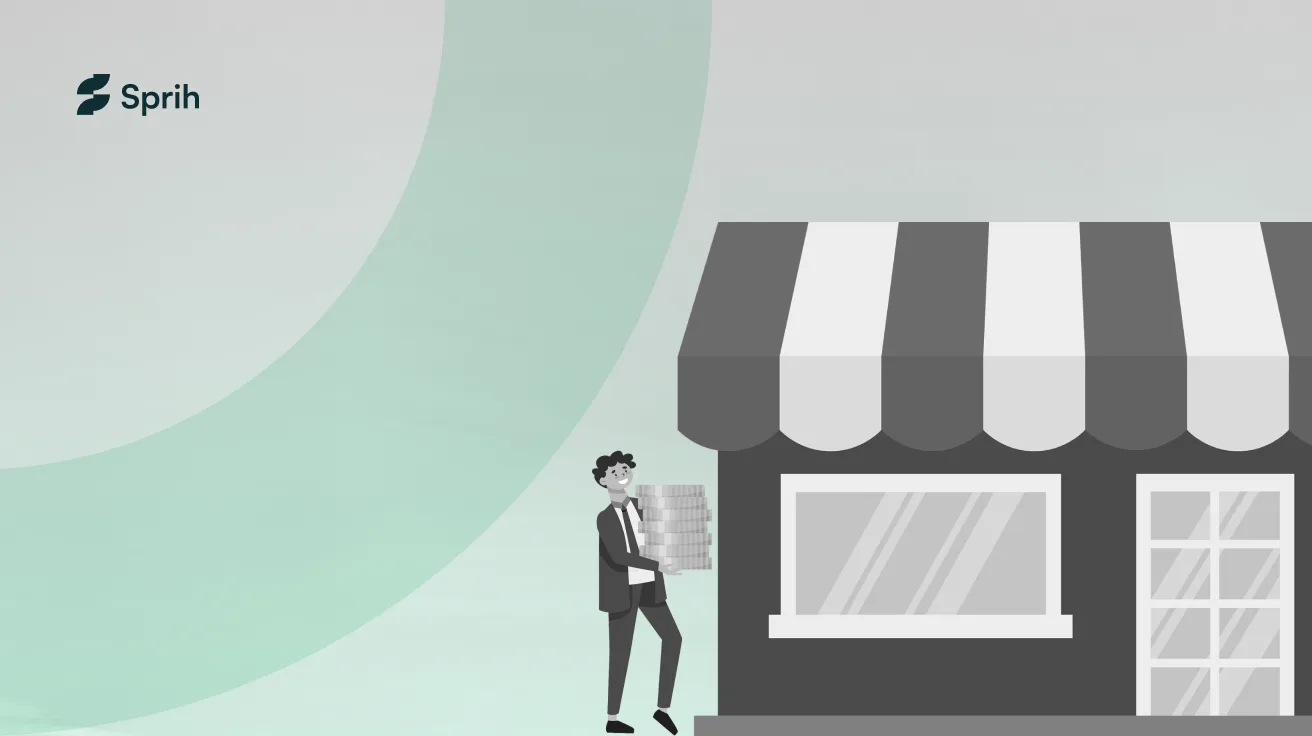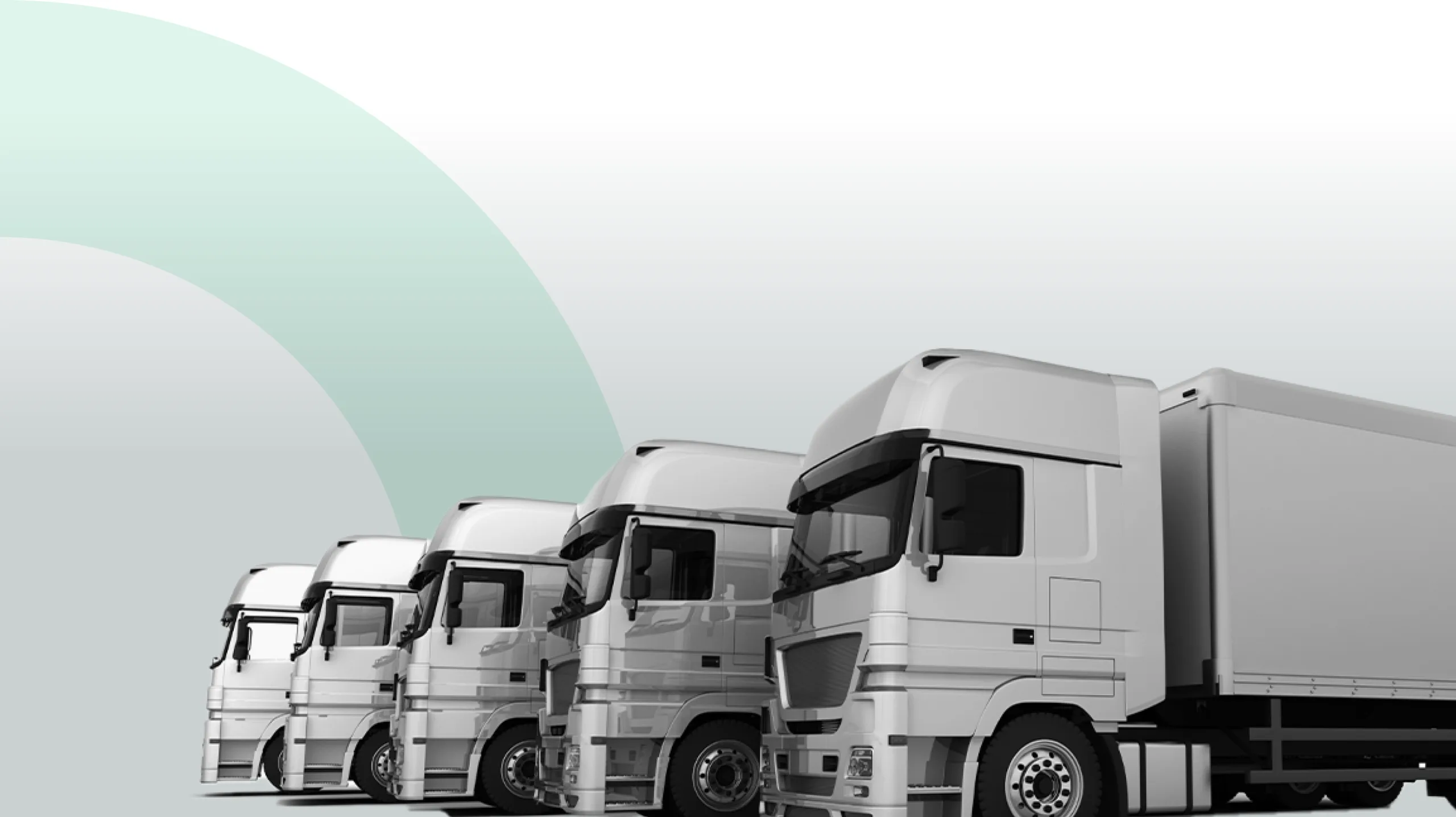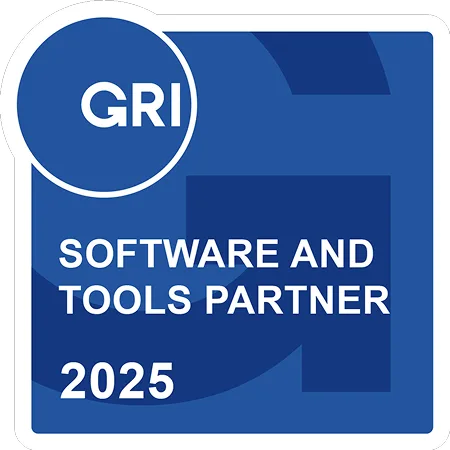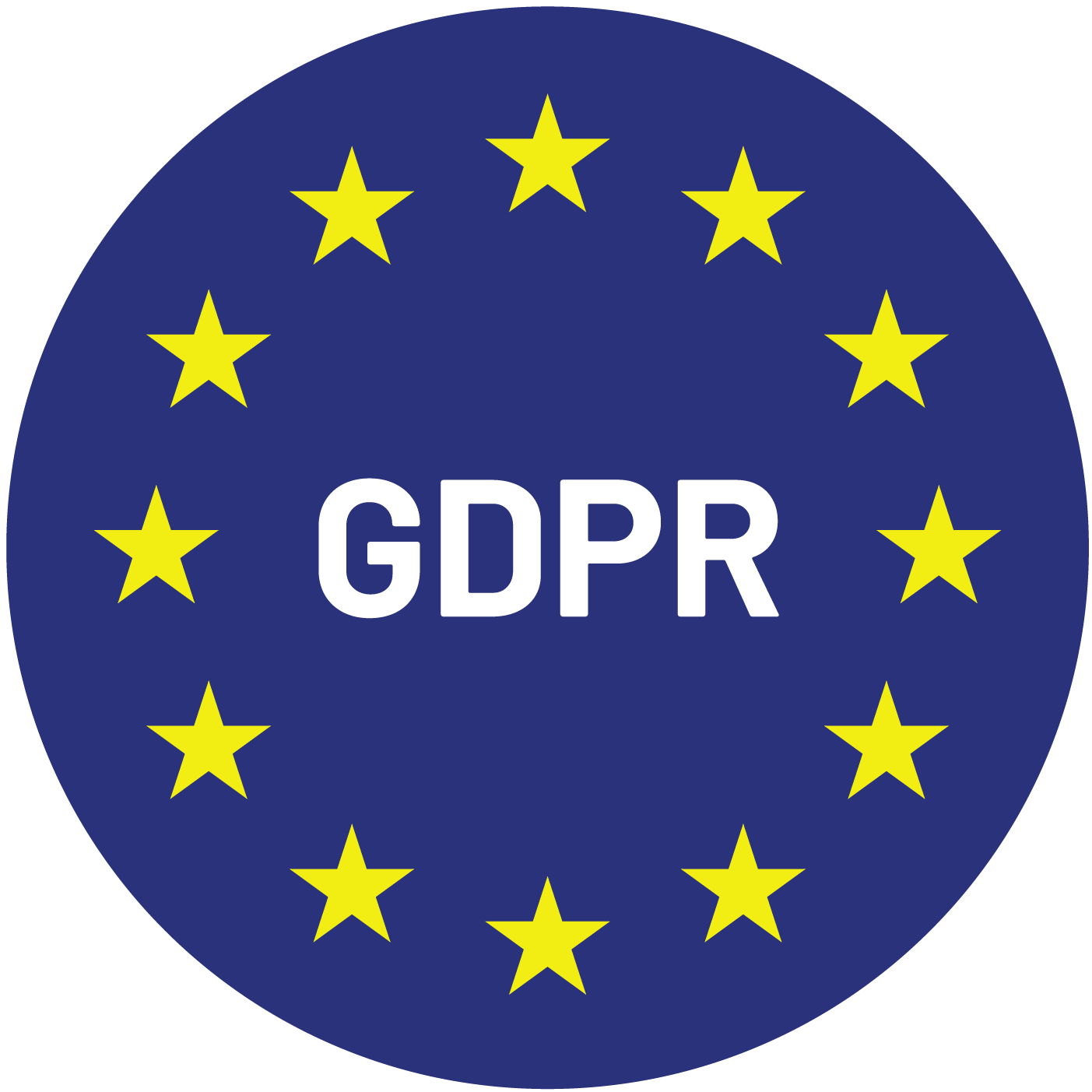Over the last decade, the sustainability conversation has grown louder, sharper, and more urgent. Every region has introduced some form of climate disclosure. Most organizations have set targets. Every boardroom has a slide on climate risk.
But behind the reports, dashboards, and commitments, the real transformation rests somewhere far less glamorous: supply chains.
If you follow the day-to-day reality of how organizations collect and validate suppliers’ sustainability data, you’ll see a truth that rarely makes it into keynotes or glossy reports. Supply chain teams are being asked to solve a problem they were never designed to solve alone.
And that gap, between expectations of the apex customers and capability of the suppliers, is at the center of the sustainability slowdown everyone quietly talks about but few openly acknowledge.
Let’s break this down.
The Hidden Burden Sitting on Supply Chain Managers
Walk into any large organization today and you’ll hear a familiar story, no matter which floor you start on.
Sustainability teams are under pressure to publish accurate, defensible data. They need supplier-level sustainability data that actually ties back to reality, not a patchwork of estimates. Every reporting cycle tightens the screws. Every new regulation raises the bar. They spend half their time chasing clarity and the other half explaining why the numbers don’t line up.
Procurement is being asked to help, but their KPIs were never built around emissions data. They want suppliers to respond faster, but they also know the requests are piling up.
Compliance teams want audit-ready numbers that hold up under scrutiny.
Leadership wants dashboards that show real progress.
And sitting right in the middle of all of this: supply chain managers.
They’re the ones expected to:
- ask suppliers for emissions, water, waste, and energy data
- chase inputs that often don’t exist
- explain new standards and reporting frameworks
- interpret data quality issues they didn’t create
- reconcile different formats, units, and methodologies
- answer follow-up questions from sustainability and compliance teams
It’s an impossible workload disguised as a workflow.
What makes it even more complicated is how invisible the effort becomes. The burden is spread across dozens of teams, hundreds of emails, and thousands of spreadsheets. Nothing looks broken from the top, yet everything feels strained at the bottom.
That’s where the real tension sits:
we’ve placed global sustainability expectations on functions never designed for environmental accounting.
Sustainability teams feel the pressure of incomplete data.
Supply chain teams feel the pressure of collecting it.
And suppliers feel the pressure of repeating it.
That misalignment is the root of the frustration you hear across the entire value chain, and why the current model can’t scale much further.
Suppliers Are Drowning in Requests
Now shift to the supplier side and things look even messier.
Most suppliers today receive requests from multiple customers, all asking for some version of the same information — emissions, energy, water, certifications, initiatives, progress.
The only difference is the format, portal, or spreadsheet.
Some suppliers handle fifty to a hundred sustainability requests a year. Many are asked to fill out:
- a CDP questionnaire
- EcoVadis assessments
- customer-specific spreadsheets and questionnaires
- online portals
- emails with bespoke templates
The duplication is exhausting. The irony is even more striking: everyone says they want high-quality data, yet everyone keeps building new systems that make the process more fragmented.
Suppliers aren’t refusing to share data. They’re refusing to repeat the same work in ten different places.
This is not a data problem.
This is a coordination problem.
How We Ended Up Here
If you trace the evolution of sustainability reporting, the story looks linear on paper but far messier in practice.
Regulators did increase pressure, yes. But that’s not the only thing that truly reshaped the system. The real turning point was when companies realized their biggest climate exposure wasn’t inside their own walls, it was in the supply chain.
The moment organizations understood that supplier emissions and supplier practices directly influence their own risk profile, everything changed. Suddenly:
- banks began asking companies about supply chain resilience
- customers started making procurement decisions based on sustainability maturity
- investors wanted evidence that Scope 3 risks were understood, not just estimated
And naturally, companies pushed all of this pressure downstream.
They started demanding more data from suppliers. Not only for compliance, but to protect themselves: their targets, their disclosures, their reputation, and in many cases, their license to operate.
That’s what triggered the explosion of templates, portals, spreadsheets, and submission workflows.
Everyone built their own system.
Everyone asked suppliers for the same information in slightly different ways.
Suppliers complied because they couldn’t risk being seen as unresponsive or unprepared.
But every new request added friction. And that friction multiplied faster than the insight.
We created a landscape where suppliers face disproportionate pressure, often without the tools, resources, or guidance to meet it. Missing a disclosure or delaying a response no longer feels like a minor administrative issue; it feels like a potential risk to customer relationships and future business.
The result is a process that looks structured from the top but feels chaotic at the bottom.
The industry kept chasing more disclosure, not better understanding.
More data points, not more usable insight.
More pressure, not more capability.
That’s how we ended up with a system that strains everyone, and still struggles to produce clarity when we need it most.
The Real Issue: Fragmentation
At the heart of the problem is fragmentation — not at the edges, but at the core.
Every company asks for a slightly different set of data points.
Every team creates its own template or portal.
Every supplier has a different way of recording operational activity data.
Every auditor brings a different view on what constitutes “sufficient evidence.”
Every customer demands the same information but in a different structure, format, or level of granularity.
And here’s the nuance that matters:
it’s not that suppliers use “different methods.”
Most calculation methods are well-established. The issue is everything before the calculation.
- how activity data is captured
- how units are reported
- how boundaries are drawn
- how assumptions are documented
- how secondary data is substituted when primary data is missing
- how categories are interpreted
These inconsistencies create gaps long before emissions factors ever enter the picture.
The result is a patchwork of inputs that simply don’t align.
Sustainability teams can’t compare like-for-like.
Procurement teams can’t see progress clearly.
Finance can’t close their books with confidence.
And suppliers end up explaining the same context repeatedly because no two customers consume data the same way.
When the foundation is inconsistent, the output will always be fragile, no matter how sophisticated the calculation engine is.
That’s the fragmentation we’re really fighting.
The Way Forward Isn’t Just Another Data Exchange Platform
Every year, a new “data exchange platform” promises to simplify supplier sustainability.
But here’s the uncomfortable truth: the last thing suppliers want is another portal.
They don’t want more spreadsheets.
They don’t want more logins.
They don’t want to re-explain the same process notes to every new customer.
What suppliers want is consistency — a single place where they can share information once, have it understood correctly, and trust that it won’t be misinterpreted downstream.
But suppliers aren’t the only ones under strain.
Apex customers — the large companies driving this entire ecosystem — are under pressure too.
They’re held accountable for Scope 3 accuracy even when the data isn’t in their control.
They’re expected to track supplier maturity, audit evidence, and risk exposure across thousands of vendors.
They juggle inconsistent formats, missing documentation, and year-to-year variations that break every model they build.
They lose months merging, cleaning, and validating inputs.
And when disclosures are published, they’re the ones who carry the reputational and regulatory risk.
So while suppliers drown in requests, apex customers drown in unusable data.
Both sides are struggling, just in different ways.
That’s why the solution can’t be another portal or another version of “upload your file here.”
We don’t need more collection points.
We need shared intelligence.
Imagine a system where:
- the platform already understands the sustainability footprint of over 120,000 suppliers
- it has learned from 300,000+ documents, models, and disclosures
- companies tap into the same intelligence instead of recreating the same workflows
- supplier inputs are automatically normalized, verified, and structured
- apex customers see comparable, audit-aligned data instead of fragments
- suppliers upload once, and serve many
- supply chain and sustainability teams finally spend time improving performance instead of collecting files
This isn’t a dream scenario. It’s simply better infrastructure.
A way for suppliers to avoid repetitive work.
A way for apex customers to avoid data chaos.
A way for both sides to stop losing time to processes that don’t add value — and start focusing on the decisions that actually move the climate needle.
That’s the shift the industry is ready for. Not another portal. A smarter operating system for sustainability itself.
What Intelligent Systems Make Possible
If the first decade of sustainability tech was about collecting data, the next decade will be about learning from it.
We’re entering a phase where:
- systems can prefill 60–70% of what companies today manually chase
- supplier data only needs to be validated against the largest sustainability knowledge bases
- emissions factors and methodologies update automatically
- anomalies and inconsistencies are flagged instantly
- disclosures across multiple years are normalized
- a supplier’s data can inform models across sectors, regions, and categories
Intelligence, not templates, will decide whether supply chain sustainability becomes manageable or unbearable.
The Opportunity in Front of Us
The industry stands at a crossroads.
One path continues the current trend: fragmented tools, repeated data requests, more manual work disguised as “supply chain sustainability program,” and growing frustration on both sides of the value chain.
The other path shifts the entire conversation:
- Buyers no longer chase suppliers for data
- Suppliers are not threatened or fatigued by compliance
- AI harmonises and enriches global data streams
- Sustainability becomes a shared language across geographies
- Transparency becomes frictionless
- Action becomes collaborative rather than transactional
This shift won’t come from adding more questionnaires.
It will come from rethinking how sustainability data flows across supply chains.
The companies that recognise this early will move faster, report better, and build stronger supplier relationships. The ones that don’t will spend the next few years playing catch-up as regulations tighten and expectations climb.
The Mindset Change We Need
For real progress, we need a mindset shift across the industry.
- Stop treating supplier data as a one-off task.
It’s an ongoing operational reality, not a seasonal activity.
- Move away from manual collection.
If it needs to be emailed or pasted into a spreadsheet, it’s already outdated.
- Stop forcing suppliers into ten different systems.
Let data flow through shared intelligence, not repeated forms.
- Stop expecting supply chain teams to be auditors.
Give them insights, not chores.
- Stop seeing sustainability as reporting.
It’s an operational capability, and should be built like one.
Where This Leaves Us
Supply chain sustainability is at a breaking point, not because people aren’t trying, but because the approach itself is flawed.
We’ve built a system that asks for precision but operates with duplication.
We’ve created expectations without giving teams the tools to meet them.
We’ve overloaded the people who sit closest to suppliers.
If we want meaningful progress, we need to redesign the foundation, not add more layers on top of it.
This next chapter won’t be led by louder targets or stricter templates.
It will be led by clarity, coordination, and intelligence by systems that take the burden away from people and place it where it belongs, in shared, scalable technology.
FAQs
Why does supply chain sustainability need a reset?
The current system places unrealistic data collection and reporting expectations on supply chain teams and suppliers. Multiple portals, inconsistent templates, and redundant requests have turned sustainability from a strategic goal into an administrative burden. The reset is about shifting from fragmented, manual collection to coordinated, intelligence-driven systems.
What’s the main challenge supply chain teams face today?
Supply chain managers are being asked to collect and verify complex sustainability data—emissions, waste, energy, certifications—without the tools or processes to handle it efficiently. They spend more time managing spreadsheets and emails than driving actual impact, resulting in fatigue, errors, and inconsistent data quality.
Why are suppliers overwhelmed with sustainability requests?
Suppliers often receive dozens of data requests from multiple customers, all asking for similar information in different formats or systems. This repetition leads to duplication, confusion, and reduced participation. The issue isn’t data resistance—it’s coordination failure across the value chain.
What is the root cause of fragmentation in sustainability reporting?
Fragmentation stems from inconsistent data collection methods, different reporting formats, and varied assumptions about boundaries and units. While calculation standards like the GHG Protocol exist, the breakdown happens before calculations—during data capture, validation, and sharing.
How are apex customers affected by this fragmentation?
Large organizations—those leading sustainability disclosures—face massive data inconsistencies from suppliers. They spend months cleaning, merging, and validating data before reporting, yet still risk reputational or regulatory issues if supplier inputs are incomplete or inaccurate.
Why isn’t another data exchange platform the answer?
Adding more portals or spreadsheets only deepens the problem. What’s needed is not another collection point, but shared intelligence—systems that learn from past submissions, normalize data automatically, and create consistency across customers and suppliers.
What does shared intelligence mean in this context?
Shared intelligence refers to platforms that aggregate, validate, and enrich supplier data once—making it reusable across multiple organizations. Instead of suppliers uploading to different systems, the data is verified and standardized centrally, serving multiple reporting needs simultaneously.
How can intelligent systems transform supply chain sustainability?
AI-powered systems can prefill supplier information, flag anomalies, apply emission factor updates automatically, and harmonize multi-year data. This turns sustainability management from repetitive data collection into real-time performance insight and predictive decision-making.
What mindset change does the industry need?
Organizations must stop treating supplier data as a one-off task and start viewing it as an ongoing operational process. Sustainability should be integrated into business systems—not managed through emails, manual forms, or disconnected tools. The goal is to build capability, not just compliance.
How does Sprih fit into this reset?
Sprih’s platform enables shared intelligence by aggregating supplier sustainability data from verified sources, normalizing it for consistency, and providing actionable insights to both suppliers and apex customers. It replaces redundant collection workflows with scalable, intelligent infrastructure for climate action.




